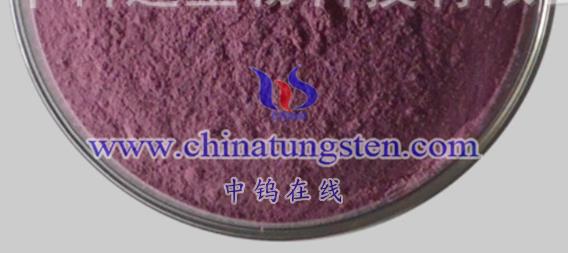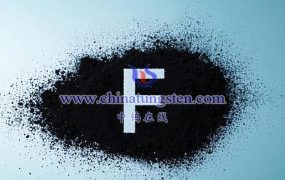The preparation methods for tungsten oxide nanospheres are diverse, including chemical synthesis, hydrothermal methods, solvothermal methods, and high-energy ball milling. Below is a detailed summary of these techniques:
- Chemical Synthesis
Chemical synthesis is a commonly used method to fabricate nanomaterials via specific chemical reactions. For tungsten oxide nanospheres, precipitation or similar methods are often employed:
- Procedure: Dissolve ammonium tungstate in distilled water, add an appropriate amount of ammonium hydroxide, and stir until uniform. Introduce oxygen into the solution while stirring and heating to maintain a specific temperature (e.g., ~70°C). Finally, extract the tungsten oxide precipitate, wash it thoroughly, and obtain the nanospheres.
- Advantages and Challenges: This method is simple and easy to control but may result in a broader particle size distribution.
- Hydrothermal Method
The hydrothermal method involves synthesizing nanoparticles in a high-temperature, high-pressure aqueous solution.
Steps:
- Precursor Preparation: Dissolve ammonium tungstate or other tungsten sources in distilled water to form a precursor solution. Add surfactants (e.g., Pluronic F127) if necessary to control nanoparticle morphology.
- Hydrothermal Processing: Pour the precursor solution into an autoclave, seal the chamber, and heat it under high temperature and pressure. Parameters such as temperature (e.g., 110°C to 180°C) and pressure (~1.2 MPa) are critical for controlling particle size and morphology.
- Post-Processing: After cooling the autoclave to room temperature, remove the supernatant, and wash the precipitate with ethanol or similar solvents to eliminate residual organics. Dry the material under vacuum and grind it into powder to obtain tungsten oxide nanospheres.
- Advantages: This method produces nanospheres with small particle sizes, narrow distributions, excellent sphericity, and dispersion.
- Solvothermal Method
The solvothermal method is similar to the hydrothermal method but uses organic solvents instead of water.
Example Procedure:
- Use ethanol or other alcohol-based solvents as the reaction medium.
- By adjusting the reaction temperature, time, and solvent concentration, tungsten oxide nanospheres with specific morphologies and sizes can be synthesized. For instance, a reaction conducted at 180°C in an ethanol medium can yield uniform, smooth-surfaced nanospheres.
- Advantages: This method offers precise control over particle shape and size, with the potential to synthesize materials with unique properties.
- High-Energy Ball Milling
High-energy ball milling is a mechanical method where particles are ground into nanoscale dimensions.
Steps:
- Mix tungsten powder and ammonium carbonate or other raw materials, then place them in a high-energy ball mill.
- During milling, mechanical forces such as strain and plastic deformation refine the particles to nanoscale sizes.
- Adjust parameters like milling time and speed to control particle size and morphology.
- Considerations: While effective, this method may introduce impurities or structural defects, making it unsuitable for all applications.
Conclusion
The preparation of tungsten oxide nanospheres involves various methods, each with unique advantages and challenges. The choice of method depends on specific requirements and experimental conditions to achieve the desired nanomaterial properties.
More details of tungsten oxide product, please visit website: tungsten-oxide.com
Please contact CHINATUNGSTEN for inquiry and order of tungsten oxide:
Email: sales@chinatungsten.com
Tel.: 86 592 5129595







